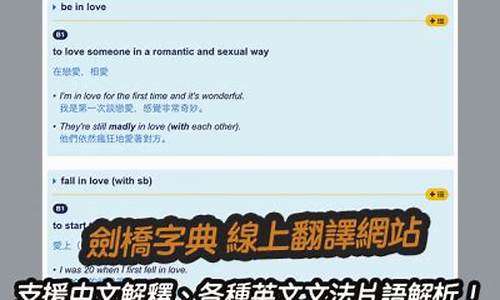Introduction
Translating Chinese to English in Shanghai poses unique challenges due to linguistic differences and cultural nuances. However, with the right strategies, these difficulties can be effectively addressed.
The Challenges of Translating Chinese to English in Shanghai

1. Linguistic Differences: Chinese and English belong to different language families, resulting in variations in grammar, syntax, and vocabulary.
2. Cultural Nuances: Shanghai's rich cultural heritage adds layers of complexity to translations, requiring a deep understanding of Chinese customs, idioms, and traditions.
3. Technical Terminology: Translating specialized content such as legal, medical, or technical documents demands expertise in both languages and industries.
4. Idiomatic Expressions: Chinese idioms and expressions often lack direct equivalents in English, necessitating creative adaptation while preserving the original meaning.
Strategies for Overcoming Challenges
1. Bilingual Expertise: Employ translators fluent in both Chinese and English, ensuring accurate interpretation of meaning and context.
2. Cultural Sensitivity: Integrate cultural awareness into translations to capture the essence of the original text and resonate with the target audience.
3. Collaboration: Foster collaboration between translators and subject matter experts to clarify ambiguous terms and ensure accuracy in specialized fields.
4. Continuous Learning: Stay updated on language trends, idiomatic expressions, and industry-specific terminology through ongoing professional development.
Conclusion
Translating Chinese to English in Shanghai requires a nuanced approach that addresses linguistic disparities, cultural nuances, and technical complexities. By employing bilingual expertise, cultural sensitivity, collaborative efforts, and continuous learning, translators can effectively navigate these challenges and deliver high-quality translations that resonate with diverse audiences.



